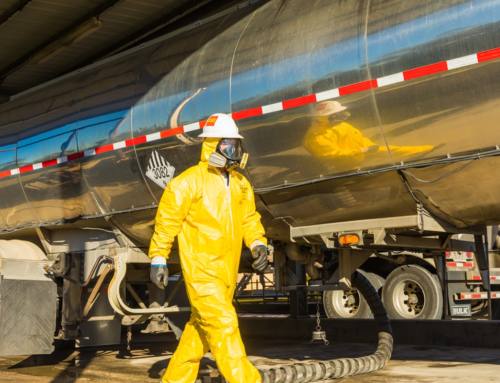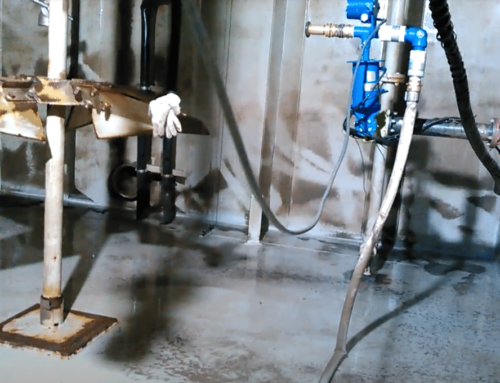An injection well is an underground formation used to place fluid. These formations could be in sandstone or limestone, or could be found in shallow soil, and the wastewaters injected into them could be water, brine, wastewater or chemical water.
Injection wells are used for a wide range of purposes, including storing carbon dioxide (CO2), waste disposal, mining, enhancing oil production or preventing saltwater intrusion. The process of creating these wells dates back to the 1930s, and was initially used to get rid of unwanted brine that was created during the production of oil. By the 1950s, chemical companies were injecting their industrial waste down into deep wells as a safe and inexpensive means of getting rid of some hazardous byproducts.
Types of injection wells
There are several classes of injection wells. Here’s a quick overview of them as defined by the Environmental Protection Agency (EPA).
Ecoserv specializes in a wide range of waste disposal methods, including injection wells for the oil and gas industry. To learn more about our methods of waste disposal and how injection wells can be beneficial to your job site or project, we encourage you to contact our team today with any questions you have.





